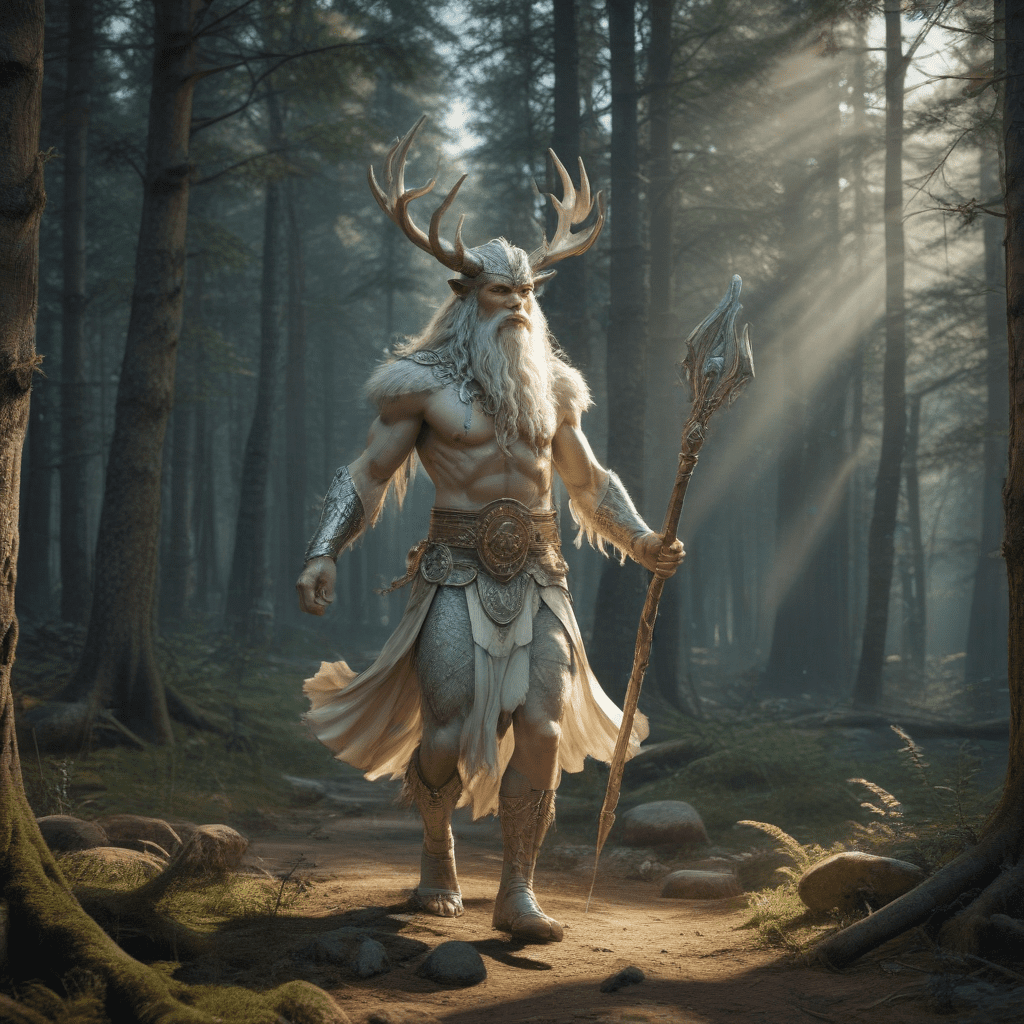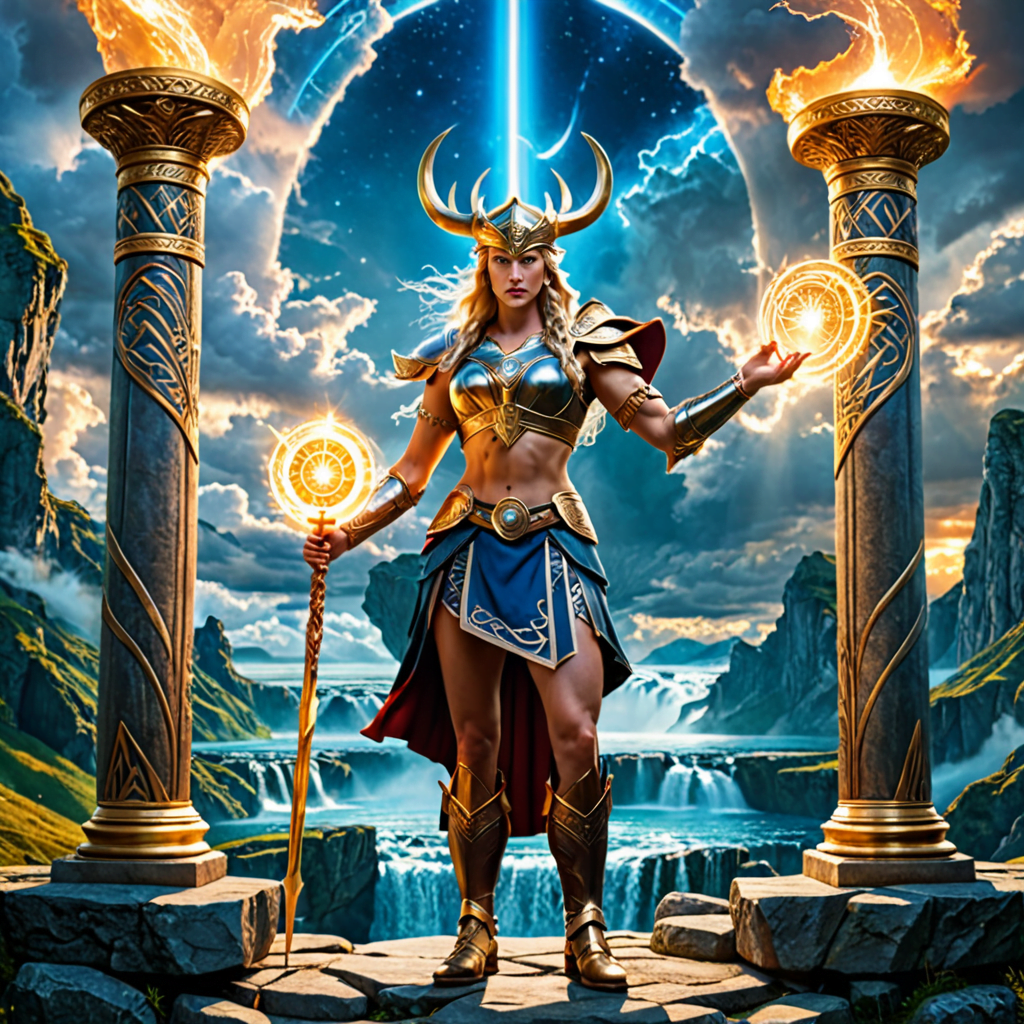The Influence of Finnish Mythology on Art
I. Introduction
Finnish mythology, a captivating tapestry of ancient beliefs and legendary tales, has played a profound role in shaping the artistic landscape of Finland. Its unique characters, compelling narratives, and deep connection to nature have inspired generations of Finnish artists. This rich body of mythology has left an indelible mark on paintings, sculptures, music, and literature, creating a distinctive artistic identity that celebrates the nation's cultural heritage.
II. The Epic of Kalevala and National Identity
The Epic of Kalevala, compiled in the 19th century by Elias Lönnrot, is a cornerstone of Finnish mythology. This collection of ancient oral traditions weaves together tales of heroes, gods, and mythical creatures, providing a glimpse into the beliefs and worldview of the ancient Finns. The epic's heroes, such as Väinämöinen, Ilmarinen, and Lemminkäinen, embody the values of wisdom, craftsmanship, and adventure, inspiring Finnish artists to create iconic representations of these legendary figures.
III. The Väinämöinen Cycle
Väinämöinen, the enigmatic sage and musician in the Kalevala, occupies a central place in Finnish mythology. As a symbol of wisdom and knowledge, he has been depicted in art as an elderly figure with a long white beard, often playing a kantele, a traditional Finnish stringed instrument. His magical powers and deep connection to nature have made him a popular subject for artists, who explore the depth and complexity of this enigmatic character.
IV. Joukahainen and the Sampo
The Sampo, a mythical artifact of immense power, features prominently in the Kalevala. Joukahainen, a cunning trickster, embarks on a perilous quest to obtain the Sampo, leading to a chase filled with magical creatures and supernatural forces. Artists have captured the excitement and danger of this chase, portraying the characters and their encounters with vivid imagination and dynamic compositions.
V. Louhi and the Underworld
Louhi, the malicious ruler of Tuonela, the Finnish underworld, represents the forces of evil and chaos. Her dark and mysterious nature has inspired artists to create haunting and evocative portrayals, often depicting her as a powerful sorceress or a guardian of the underworld. Her mythology has provided a rich source of inspiration for exploring themes of darkness, fear, and the unknown.
VI. Ilmarinen and the Creation
Ilmarinen, the skilled craftsman in the Kalevala, represents the power of creation and the ingenuity of the ancient Finns. His forging of the sky, moon, and sun is a testament to his abilities, inspiring artists to depict him as a muscular figure with a blacksmith's apron and tools. His mythological role as a creator has made him a symbol of Finnish craftsmanship and innovation.
VII. Lemminkäinen and Adventure
Lemminkäinen



